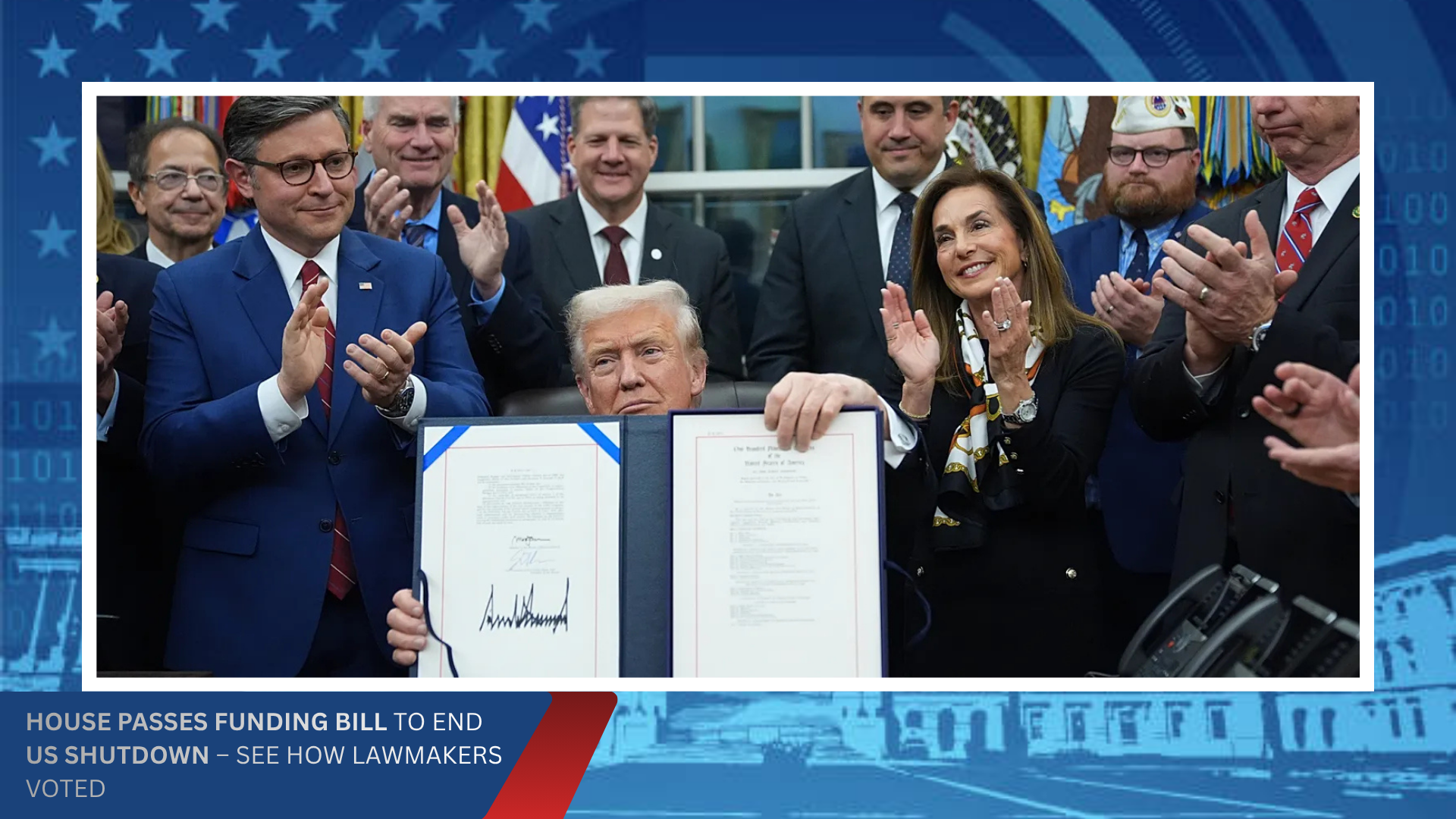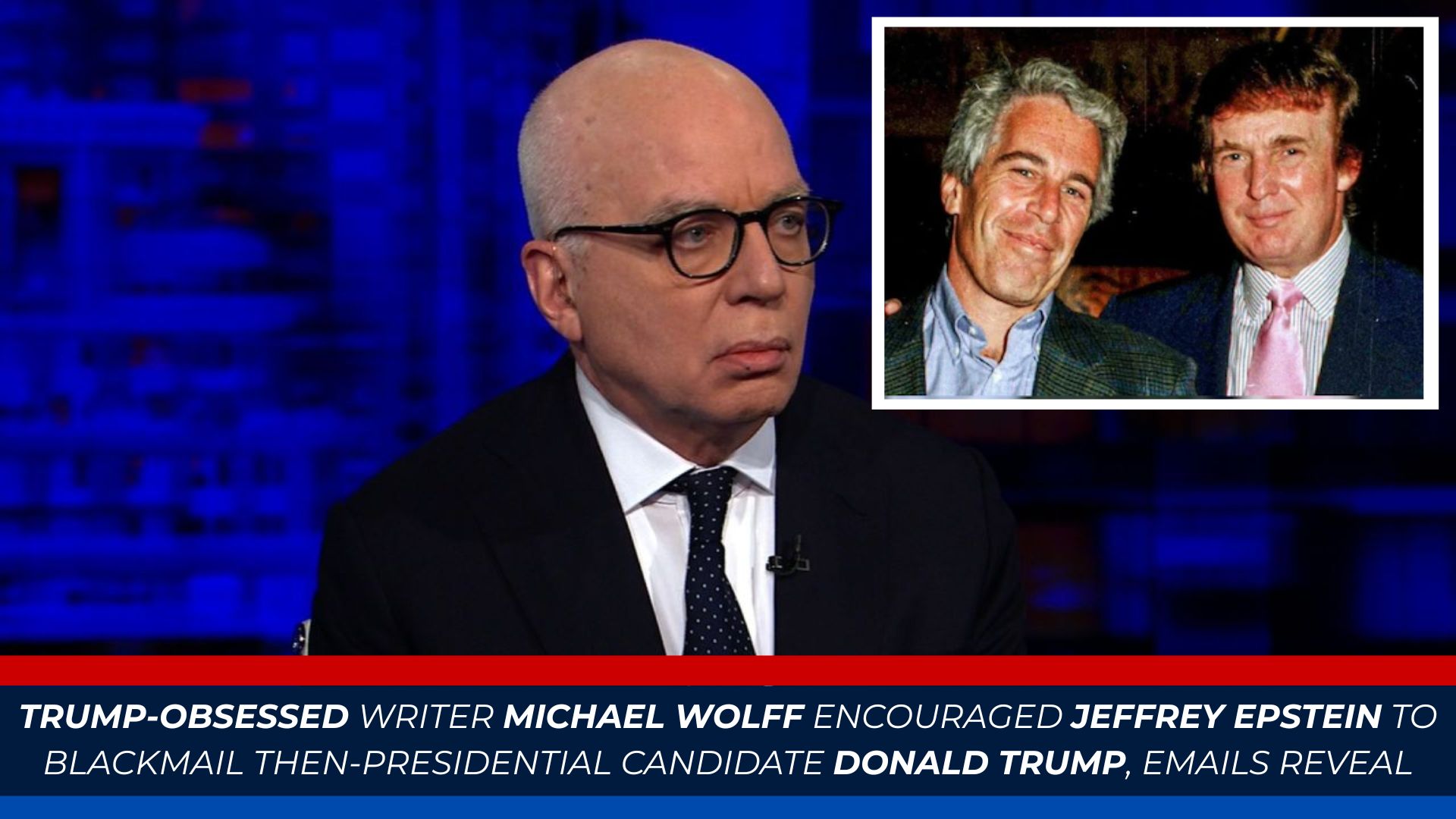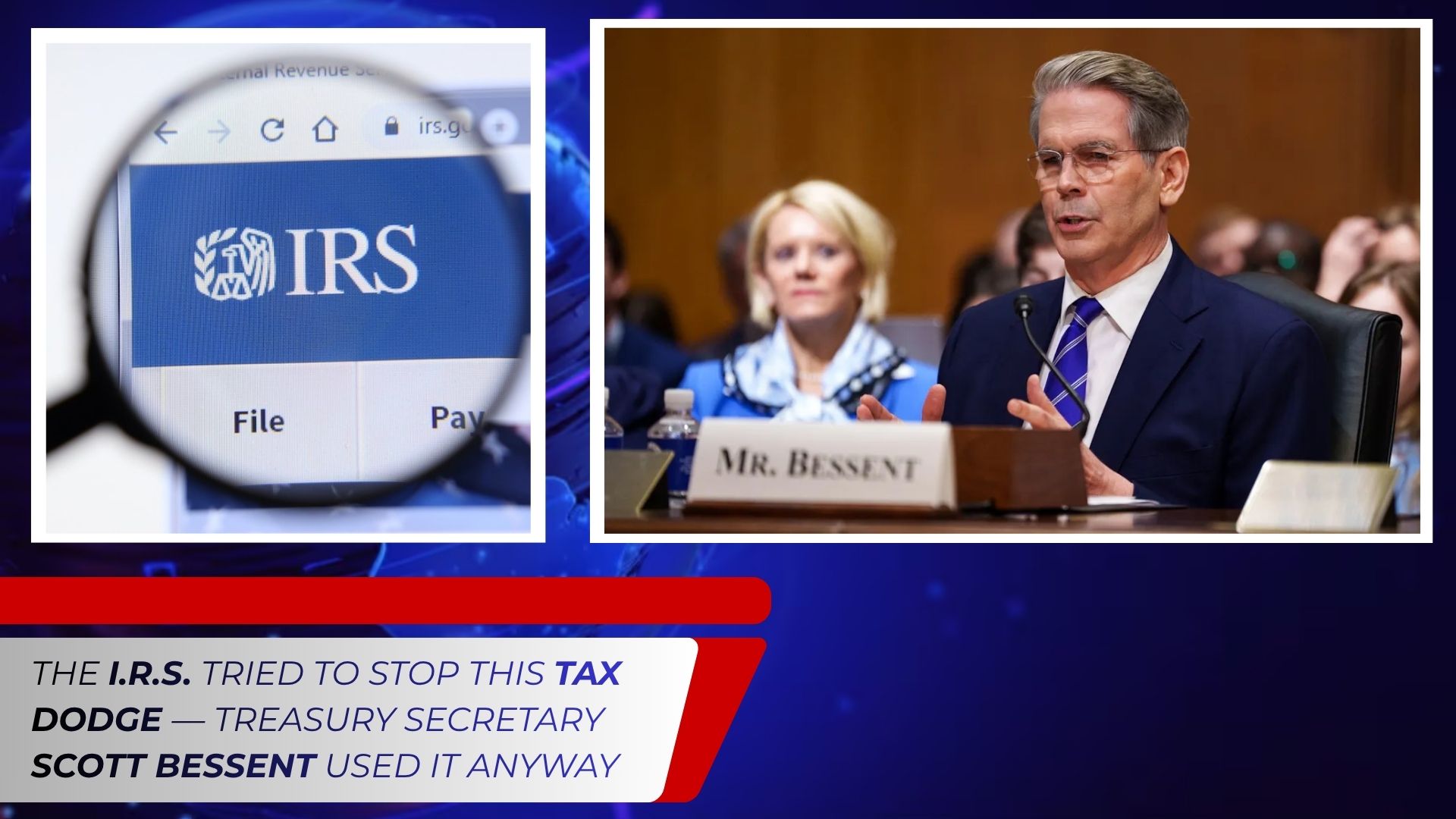As the U.S. government shutdown enters its 25th day, President Donald Trump is pressing ahead with a weeklong trip to Asia that will take him to Malaysia, Japan, and South Korea. The tour comes at a pivotal moment in global trade relations, with escalating tariff tensions between Washington and Beijing threatening to spill over into key economic sectors.
The White House confirmed that the president’s final stop will be Busan, South Korea, where he will hold a high-stakes meeting with Chinese President Xi Jinping on Thursday, Oct. 30, in hopes of advancing negotiations toward a new trade agreement.
A Critical Leg of Trump’s Asia Tour
Trump’s trip begins in Kuala Lumpur, Malaysia, on Sunday, Oct. 26, where he will attend the 47th ASEAN Summit, before traveling to Tokyo, Japan, on Monday, Oct. 27, for talks with Japan’s new Prime Minister Sanae Takaichi.
Following those meetings, the president is scheduled to arrive in Busan, South Korea, on Wednesday, Oct. 29, for a two-day visit. During his stay, he will meet South Korean President Lee Jae Myung, attend a luncheon and US-APEC leaders’ working dinner, and participate in Asia-Pacific Economic Cooperation (APEC) sessions.
White House press secretary Karoline Leavitt said Thursday, Oct. 23, that Trump will deliver remarks at a US-APEC business luncheon focusing on supply chain security, energy independence, and the future of regional trade partnerships.
The Xi Jinping Meeting: A Test for U.S.-China Relations
Trump’s much-anticipated meeting with Chinese President Xi Jinping is set for Thursday, Oct. 30, marking their first in-person talks since Trump began threatening to nearly triple tariffs on Chinese imports beginning Nov. 1 unless a new deal is reached.
The stakes are high: Beijing’s retaliatory tariffs have already targeted American agricultural exports and critical technology components. China has halted imports of U.S. soybeans, a major blow to Midwest farmers, and restricted the export of rare earth minerals, which are vital to U.S. electronics manufacturing.
The White House hopes the Busan meeting will break the impasse. Trump, however, has sought to manage expectations.
“Certainly, there are a lot of people that are waiting for it,” Trump said in a Rose Garden discussion with Senate Republicans on Oct. 21. “Maybe it won’t happen. Things can happen where, for instance, maybe somebody will say, ‘I don’t want to meet, it’s too nasty.’ But it’s really not nasty, it’s just business.”
Despite Trump’s characteristic unpredictability, aides say the administration views the South Korea talks as a chance to stabilize trade relations before the Supreme Court’s Nov. 5 hearing on the legality of his broad tariff powers — a case that could reshape U.S. trade policy for years.
Trade and Tariffs at the Center of Global Attention
Trump’s Asia trip is unfolding against a backdrop of rising trade friction. Earlier this month, he announced an additional 10% tariff increase on Canadian imports, citing what he called a “hostile act” tied to a controversial Ontario-funded advertisement criticizing his trade policies. The move further rattled markets and sparked diplomatic backlash.
In the case of China, Trump’s threats to increase tariffs by nearly 200% on certain goods have already prompted warnings from business leaders and global economists, who fear the policy could reignite inflationary pressures and destabilize the manufacturing sector.
U.S. exporters of agriculture, automotive parts, and semiconductors have borne the brunt of retaliatory measures, with Beijing redirecting purchases to Latin America and Africa.
At the same time, the administration’s focus on “economic nationalism” has complicated relationships with traditional allies in Asia. Japan and South Korea — both heavily integrated into global supply chains — have expressed concern over potential spillover effects from a renewed U.S.-China trade standoff.
South Korea’s Role and APEC Agenda
Busan, South Korea’s second-largest city, is serving as this year’s Asia-Pacific Economic Cooperation (APEC) venue, where leaders from 21 member economies are expected to discuss strategies for sustainable growth, digital trade, and energy transition.
South Korean President Lee Jae Myung is expected to press Trump and Xi for dialogue on regional supply chain resilience and semiconductor cooperation, two issues critical to South Korea’s export-driven economy.
The Busan Declaration, set to be adopted on Oct. 30, will emphasize “collaborative trade mechanisms that balance national interests with collective economic security,” according to the South Korean Ministry of Foreign Affairs.
For Trump, the APEC forum offers a platform to defend his trade record while signaling a willingness to strike new deals. His aides have suggested that he may propose a “Phase 2” trade framework with select Asian partners, focused on energy and critical minerals.
Shutdown Shadows the Trip
The ongoing U.S. government shutdown, now in its fourth week, continues to cast a political shadow over Trump’s overseas tour. Federal workers remain furloughed, and key domestic programs have slowed, drawing criticism from Democrats who argue that the president should have postponed the trip.
Senate Minority Leader Chuck Schumer said Thursday, “The president should be in Washington solving the shutdown, not globe-trotting while millions of Americans are paying the price.”
The White House, however, has pushed back, arguing that Trump’s presence abroad underscores America’s leadership during a period of “economic realignment.”
“The president is capable of doing both — leading at home and abroad,” spokesperson Leavitt said. “The trip demonstrates that America remains open for business and focused on securing fair trade.”
Strategic Stakes and Political Optics
While the Busan meeting could signal a temporary thaw in U.S.-China relations, experts caution that underlying tensions remain unresolved.
“Both leaders are entering the talks under domestic pressure,” said Dr. Helena Park, a senior analyst at the East-West Institute in Seoul. “Xi faces slowing growth and U.S. export restrictions, while Trump is navigating political division and economic strain from his own tariffs. There’s limited room for compromise.”
Nonetheless, Trump’s appearance at APEC — combined with his meetings at ASEAN earlier in the week — underscores a broader effort to reassert U.S. influence in the Indo-Pacific, where China has made deep inroads through its Belt and Road Initiative.
For regional observers, the question is whether Trump’s transactional approach can yield durable results or merely temporary headlines.
As the trip unfolds, the world will watch Busan closely — where the intersection of diplomacy, trade, and politics could shape the trajectory of U.S.-Asia relations for years to come.
%20(4).png)



.png)




